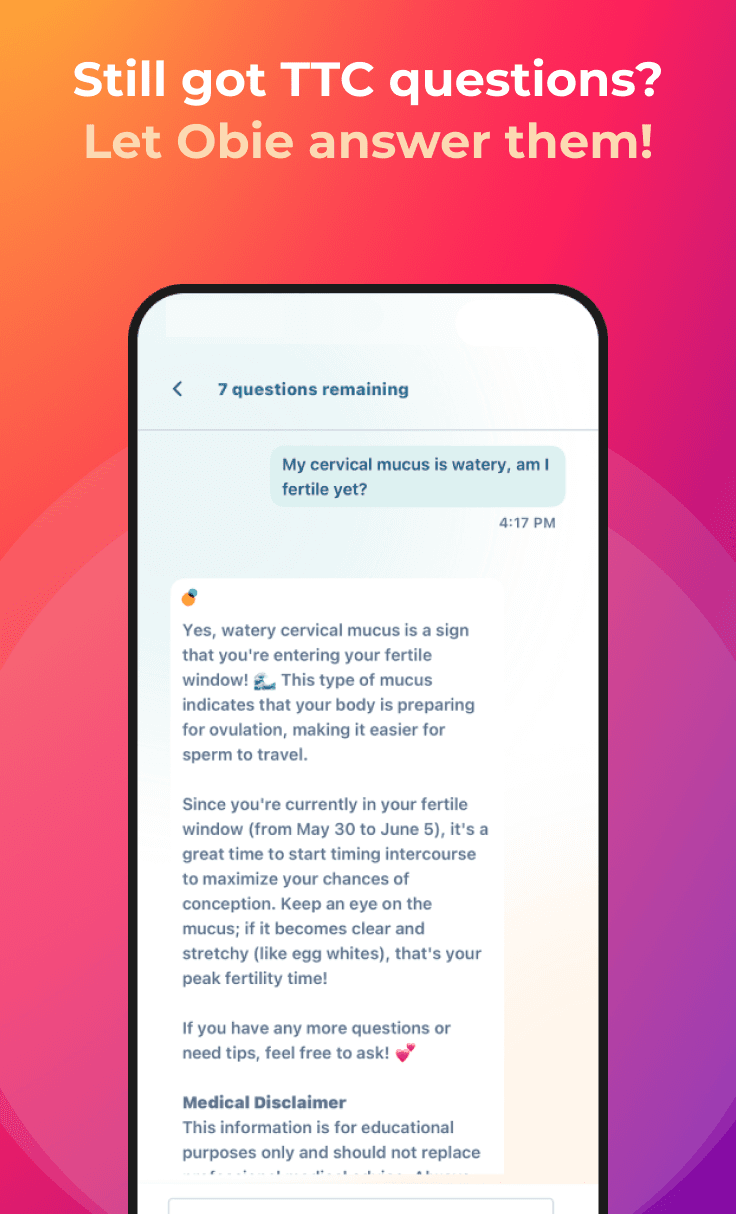When Egg Meets Sperm: Let the Fireworks Begin!
Pregnancy News
Obie Editorial Team
- Fellman, Megan. "Stunning Zinc Fireworks When Egg Meets Sperm (with video)." Northwestern University. Northwestern University, 15 Dec. 2014. Web. 2 Jan. 2015.
- "Zinc: Fact Sheet for Consumers." NIH / National Institutes of Health Health Information. National Institutes of Health Office of Dietary Supplements, 20 Sep. 2011. Web. 2 Jan. 2015.








